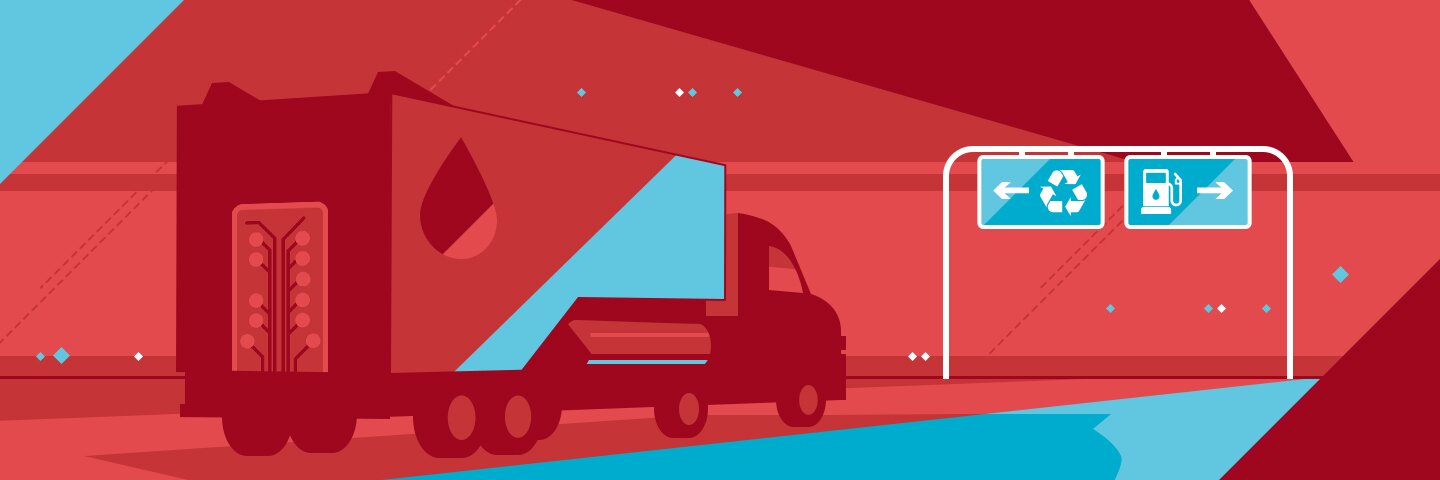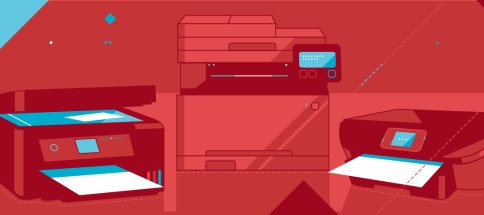A cartridge is a consumable for a printer or multifunctional printing device that contains mainly a dye. For laser black and white printing which will be elaborated below, it’s a toner. The design of a cartridge in each printer differs, but one thing is for sure: when printing documents, you spend toner, and sooner or later the cartridge will need to be refilled or replaced. What is the right thing to do?
How the cartridge market works
Printing machines today have lost some of their credibility and popularity as people have started to print less, therefore, they spend less money on printers, cartridges and paper. It used to be impossible to do business without a printer: you needed tables, plans, contracts, invoices and other paper documents. Today the government helps to save money by offering electronic invoices, waybills and certificates. Business is moving towards maximum resource saving. At the same time, print quality becomes a priority, even if we are talking about a public service center or a traffic police department. The price of the printing machines today is close to the cost price. The competition between vendor companies (that is, suppliers and / or manufacturers) such as Konica, HP, Epson in printers market is very high. Therefore, the market has come down to the fact that the main profit comes from consumables, i.e. cartridges. It is difficult to improve the operation of such devices, but most importantly, there is no need for this: modern printers (but not printing machines) may have different designs, but their capabilities are approximately the same. In addition, their design is deliberately simplified in order to keep the price down.
Types of cartridges
A printer is initially supplied with a test cartridge, which is usually 30% full. Therefore, you should not worry when the printer you bought is running out of toner quickly. But it's worth thinking about what to do next: buy a new cartridge, and if so, which one, or refill the old one? The most expensive option is to buy an original cartridge of the same brand, which has a high level of quality and printing. Its cost ranges from 15 000 to 40 000 KZT. The policy of large international companies includes the purchase of such consumables. Marketing rules dictate to them that cheap off-brand parts cannot be installed. It is noted in the warranty card of your printer: when refilling the cartridge, the warranty is forfeited. Therefore, when giving the printer away for service, it is worth putting the original cartridge into it, for example, the one you bought it with, even if it’s empty. The original cartridge has a long resource; they can be refilled up to three times. The rest of the options are a choice between non-original products. Some Chinese companies produce good quality cartridges, they print well and cost almost half the price. They are also refillable and are suitable for when quality printing is vitally needed.
Which cartridges are needed to be refilled and which are not?
The market share for two cases mentioned above is no more than 10% of the total. All others fall into the low-price range. For example, before the devaluation of 2014, it was cheaper to buy a new cartridge then to refill one. When the tenge devalued again, many companies returned to refilling. Cheap cartridges of the lowest quality, for example in public service centers, cost 3,000-4,000 KZT. They are almost impossible to refill, they do not print very well, even when brand new, plus they can break being in the middle of their resource. However, they are fine for 2,000-3,000 copies. IT Support specialists recommend companies with a small print volume (no more than 500 sheets per month) to buy them, and just throw them away without refilling. The disadvantages of refilling (dust from spilled toner, harm from inhalation, refiller's fee) in this case aren’t worthy. Some companies such as banks, public service centers, businesses with a large regional network have a lot to print. For such companies, the question of the refilling price is crucial, therefore, in the offices of some of them there is a small branch of IT Support that refills 10-30 cartridges right on the spot 2–3 times a week in order to prevent delays in work. There are fewer such companies with refilling expenses of 300,000-500,000 KZT, as business is massively switching to electronic document management. For other companies, IT Support specialists recommend buying new cartridges, refilling them no more than two times and then throwing them into trash. In order for the business not to have downtime, at least two cartridges are needed for one printing device. It is better to buy printing devices of the same brand in the office so that you can purchase the same interchangeable consumables. It is convenient and time-saving. Typically, cartridges for devices of the same company and approximately the same generation are suitable for the rest ones. When buying devices from different brands, among other things, problems with drivers may appear. Most vendors' 3-in-1 devices (copy machine, scanner and printer) also support the same cartridges. So what has the coming day for us? It should be noted that the total possession of a refilled cartridge today is commensurate with its purchase. The winners are companies that are able to optimally adjust their costs, wholesale purchases and so on. It is important to do this in environment-friendly way, and the best method in this case is per page printing or outsourcing. The vendor installs a device in the office that employees use with the help of proxy cards. At the end of the month, the company pays neither for the printer nor for the refueling, but only for those copies that were actually made. This allows you to cut paper costs by 2 times, as the number of errors is reduced. There are other advantages: you can control the actions of specific employees and there is no need for a supporting infrastructure. The per page printing method allows you to avoid the problem of refilling, and most western companies use it. The downside is that you depend on a contractor who maintains your machines and is not always ready to work around the clock. The price of a copy is also higher, but when you optimize costs, this difference levels out. However, the per page printing device is large, bulky and usually serves 1 or 2 floors.
Important note!
Unprofessional refilling of cartridges can damage both the cartridge itself and the printer. Moreover, the printer cannot be connected to the UPS: laser printing technology involves heating the oven to 1000° C, and the printer consumes a very large current. A printer connected to the UPS will quickly render it unusable. Some UPSs have a connector designed for a printer: they stabilize it, but do not connect it to the battery. They will protect your printer from power surges, but the printer will not work when the power is off.
In conclusion:
- the price of Chinese cartridges is close to the cost of refilling.
- if you don’t print thousands of copies, we recommend buying cheaper cartridges, however new ones
- always have a replacement, even if you buy a new cartridge to avoid downtime
- try to buy printers with interchangeable cartridges
- choose professional equipment if you print a lot: it costs more, but its cartridge is designed for 6,000-8,000 copies, the price of one copy will be lower
- consider introducing per page printing.








